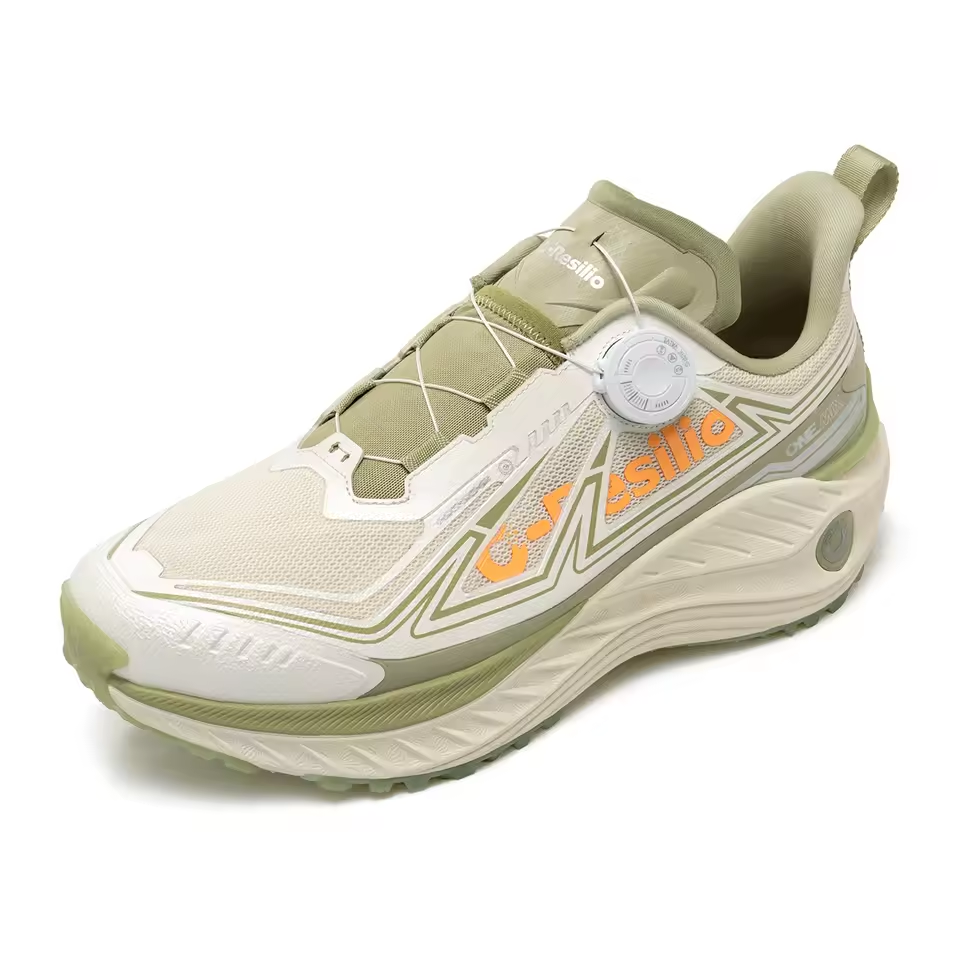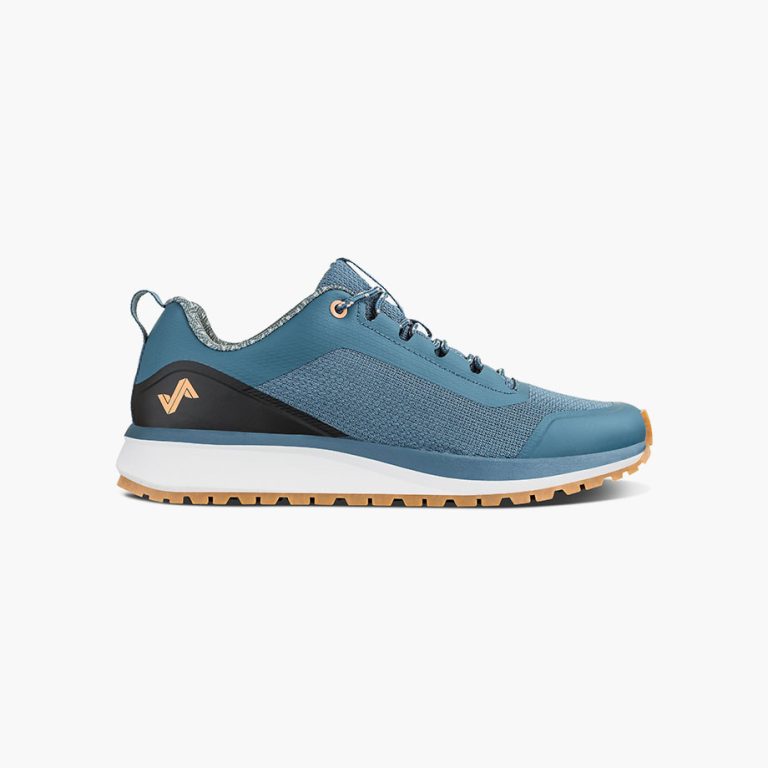The Fundamentals of Neutral Running Shoes
Neutral running shoes are a cornerstone for runners. These shoes offer balance and flexibility. They do not have stability devices or motion control components. This makes them unique. Neutral running shoes suit runners with a natural gait. A natural gait means your foot lands on the outside and rolls inward slightly. This roll is normal pronation.
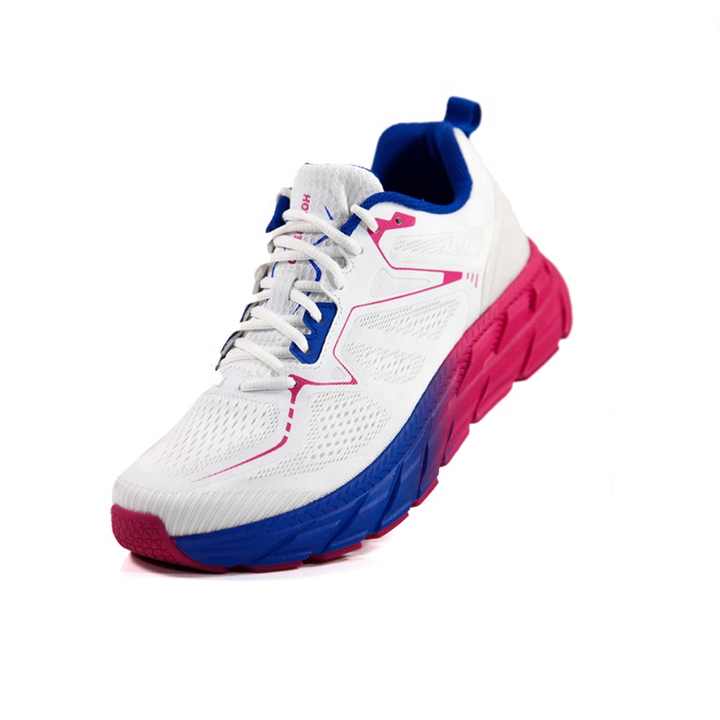
Neutral shoes strive for cushioning and support. They aim to provide comfort over long distances. Many neutral running shoes feature plush soles. This absorbs impact and reduces strain on the feet. Runners cherish the lightweight design of shoes. It promotes an effortless running experience. They encourage an efficient stride for a variety of runners.
To summarize, neutral running shoes are about simple, unaltered support. They are the best choice for those with a standard pronation pattern. They are simple yet effective for daily running. Remember, for optimal performance, consider your unique foot shape and running style. This will ensure you pick the perfect pair of neutral running shoes.
Advantages of Choosing Neutral Running Shoes
Choosing neutral running shoes offers several benefits for runners. Here are some key advantages:
- Enhanced Comfort – Neutral running shoes often have extra cushioning. This cushioning provides a smooth and comfortable running experience. Every stride feels softer, reducing the impact on your joints.
- Improved Natural Gait – Without corrective features, these shoes allow a natural foot movement. They support the foot’s inherent pronation during runs. This can help in maintaining an efficient and injury-free running form.
- Versatility – These shoes are well-suited for various activities. They are not just for running. You can wear them for walking, gym sessions, or casual outings.
- Weight – Neutral running shoes are typically lightweight. This quality contributes to better speed and agility. Runners can feel more nimble and quick on their feet.
- Breathability – Many neutral shoes are designed with breathable materials. This keeps your feet cool and dry, even during long runs or in warm weather.
- Broad Selection – There is a wide array of styles and brands from which to choose. This makes it easier for runners to find a pair that fits their aesthetic and functional preferences.
Remember, the right pair of neutral running shoes can be a game-changer on your runs. They promote natural foot motion, enhance comfort, and offer versatility. They are a solid option for runners who value a more natural and unrestricted running experience.
How to Determine If You Need Neutral Running Shoes
Deciding if neutral running shoes suit you is essential. Observe your running habits. Notice how your feet land. Does your foot roll naturally without much inward movement? Then neutral running shoes might be the right pick. Here’s how you can decide:
- Check Your Gait – A quick gait analysis can reveal a lot. Visit a running store or a podiatrist. They can check your pronation. A natural, neutral gait means neutral shoes are good for you.
- Footprint Test – Wet your feet and walk on a flat surface. A full footprint suggests flat feet, potentially needing support shoes. A neutral arch leaves a distinct curve on the inside of the footprint.
- Comfort Level – Reflect on past running shoes. Did you feel comfortable? Were you free from injury? If yes, then you might already be using neutral running shoes.
- Look at Your Old Shoes – Examine the wear pattern on shoes you’ve run in. Even wear across the sole indicates a neutral arch and stride.
Selecting the right running shoes is vital for comfort and preventing injuries. It guides your feet through their natural movement during a run. If you recognize these signs in your running style, neutral running shoes are likely your best choice. Make sure to evaluate your needs based on personal comfort, not only on recommendations. What works for one runner may not work for another. Your ideal shoe is the one that meets your specific running style and comfort needs.
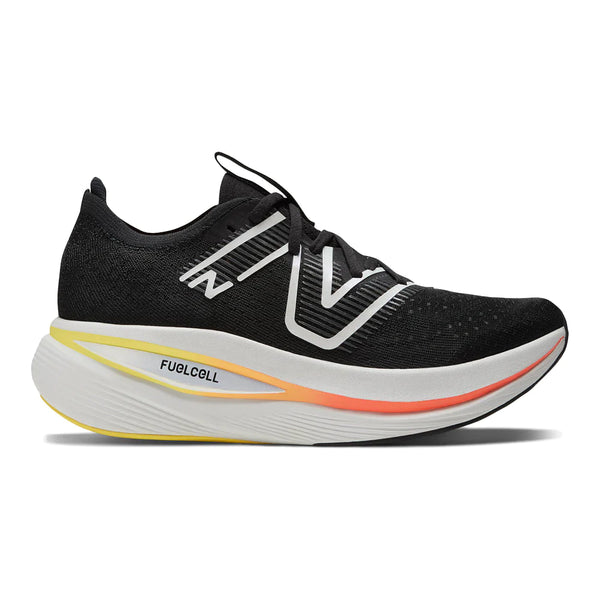
The Best Neutral Running Shoes for Different Types of Runners
Neutral running shoes appeal to a broad range of runners. Below are some of the best choices tailored for different runner types.
For Long-Distance Runners
Long-distance runners need shoes that provide lasting comfort. The best neutral running shoes for them have ample cushioning. They help absorb repeated impact over miles.
For Speed Seekers
Those chasing speed want a lightweight shoe. Excellent choices have a sleek design and minimal weight. This helps runners achieve quicker foot turnover.
For Trail Enthusiasts
Trail runners should look for neutral shoes with sturdy outsoles. They protect against uneven surfaces and provide strong grip.
For Daily Trainers
Runners who train daily need durable and reliable shoes. The ideal neutral shoes for them balance cushioning with responsiveness.
For Beginners
Beginners can benefit from neutral running shoes that offer guidance. Shoes with a comfortable fit and moderate cushioning help newcomers ease into the sport.
For Gym Workouts
Neutral shoes for gym-goers should be versatile. They need to support lateral moves and weight training.
By recognizing your specific running needs, you can select the best neutral running shoes. Remember, your shoe should match your activity and provide the right blend of comfort, durability, and support.
Factors to Consider When Selecting Neutral Running Shoes
When shopping for neutral running shoes, certain factors are key. Consider these before making a decision:
- Arch Support – Even in neutral shoes, arch support matters. Look for a shoe that supports your arch type while promoting natural motion.
- Cushioning – Key for shock absorption. More cushioning can mean more comfort, especially for high-mileage runners.
- Fit – Ensure a snug, but not tight, fit. Your toes should have room to move, but your heel must stay in place.
- Price – Set a budget. While it’s important to invest in quality, there are options across various price ranges.
- Brand Reputation – Some brands specialize in running footwear. Research and choose a brand known for quality running shoes.
- Reviews and Feedback – Read what others say about the shoes. Real-world usage can reveal a lot about performance and durability.
- Purpose – Determine the shoe’s primary use. Will they be for daily training, long runs, or casual wear?
- Weight – Lighter shoes can improve speed and agility, but don’t sacrifice support for weight.
Remember, the best neutral running shoes fit your feet and your running lifestyle. Try on multiple pairs and go for a test run. This will help you find the perfect match for your needs.
Tips for Transitioning to Neutral Running Shoes
Transitioning to neutral running shoes can be a smooth process. Follow these tips to make the shift easier:
- Start Gradually – Don’t rush into it. Begin by wearing your new neutral running shoes on short runs. Gradually increase distance as comfort grows.
- Listen to Your Body – Pay attention to any new aches or discomforts. Your body will signal if you need more time to adjust.
- Mix with Your Old Shoes – Alternate between your old and new shoes. This will help your feet adapt without shock.
- Check Your Running Form – Ensure you’re running with correct form. This lessens the risk of injury during transition.
- Strength Training – Support your feet. Engage in exercises that strengthen foot and ankle muscles. Strong muscles aid in transition.
- Consult a Professional – If in doubt, seek advice from a running coach or podiatrist. They can guide on proper transitioning techniques.
- Be Patient – Adaptation takes time. Don’t expect instant comfort. Give it time, and the benefits will follow.
By incorporating these tips into your routine, you can ease into using neutral running shoes effectively. With patience and care, you’ll likely find your running experience enhanced by the right pair of shoes. Remember to always prioritize your comfort and the signals your body sends you during the process.
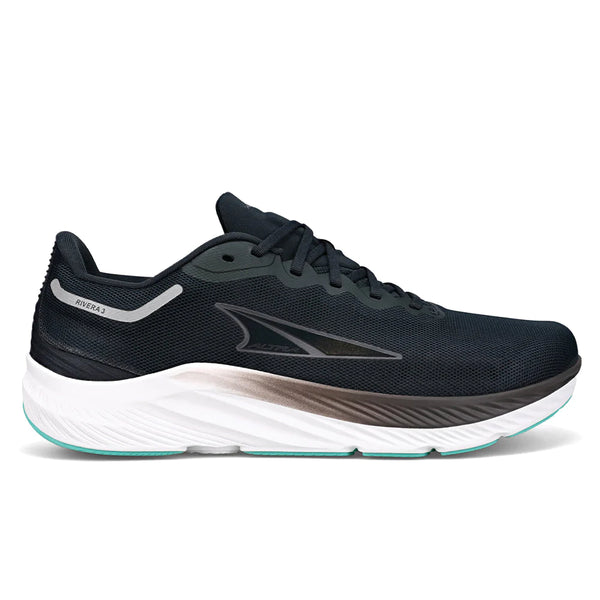
Maintenance and Care for Your Neutral Running Shoes
Proper maintenance and care are critical for the longevity of your neutral running shoes. Here are actionable tips to keep them in top shape:
- Clean Regularly – Wipe off dirt and debris after each run. Use mild soap and water for a deeper clean.
- Dry Shoes Properly – Let your shoes air dry away from direct heat. Avoid using a dryer which can warp their shape.
- Rotate Pairs – Use more than one pair of running shoes. This gives them time to bounce back between runs.
- Store Correctly – Keep your shoes in a cool, dry place. This helps prevent the buildup of mold and odor.
- Avoid Machine Washing – Machine cycles can be harsh. Hand wash your shoes to preserve their integrity.
- Replace Insoles – Consider replacing worn insoles. New insoles can refresh your shoe’s internal support.
- Check for Wear – Regularly inspect your shoes for signs of wear. Look at the soles and cushioning. If they’re worn, it’s time for new shoes.
- Use as Intended – Wear your running shoes for running, not for other activities. This keeps them from wearing out sooner.
By following these tips, you ensure your neutral running shoes remain comfortable and functional. Take good care of them, and they’ll support you mile after mile.
Common Myths and Misconceptions About Neutral Running Shoes
Dispelling myths and misconceptions can help runners make informed choices. Here are common ones about neutral running shoes:
- They Lack Support – Some believe neutral shoes do not offer support. This is false. Neutral shoes provide the needed support for runners with a natural gait.
- Only for Certain Runners – It’s a misconception that only beginner or non-serious runners use neutral shoes. In truth, they are for any runner with a neutral stride.
- Not Good for Long Distances – Another myth is neutral running shoes aren’t for long-distance runs. However, many are designed with ample cushioning for endurance.
- They’re All the Same – No two pairs of neutral running shoes are identical. They vary in cushioning, design, and fit to suit different needs.
- Can’t Help with Speed – Some think neutral shoes impede speed. The reality is, many models are lightweight and made to help runners move faster.
- Do Not Last Long – There’s a misconception that neutral running shoes wear out quickly. With proper care, they can last as long as other types of running footwear.
By understanding the truth about neutral running shoes, you can choose the best pair for your runs. Look past common myths, and base your decision on your personal experience and needs. This will lead to better comfort and performance.
